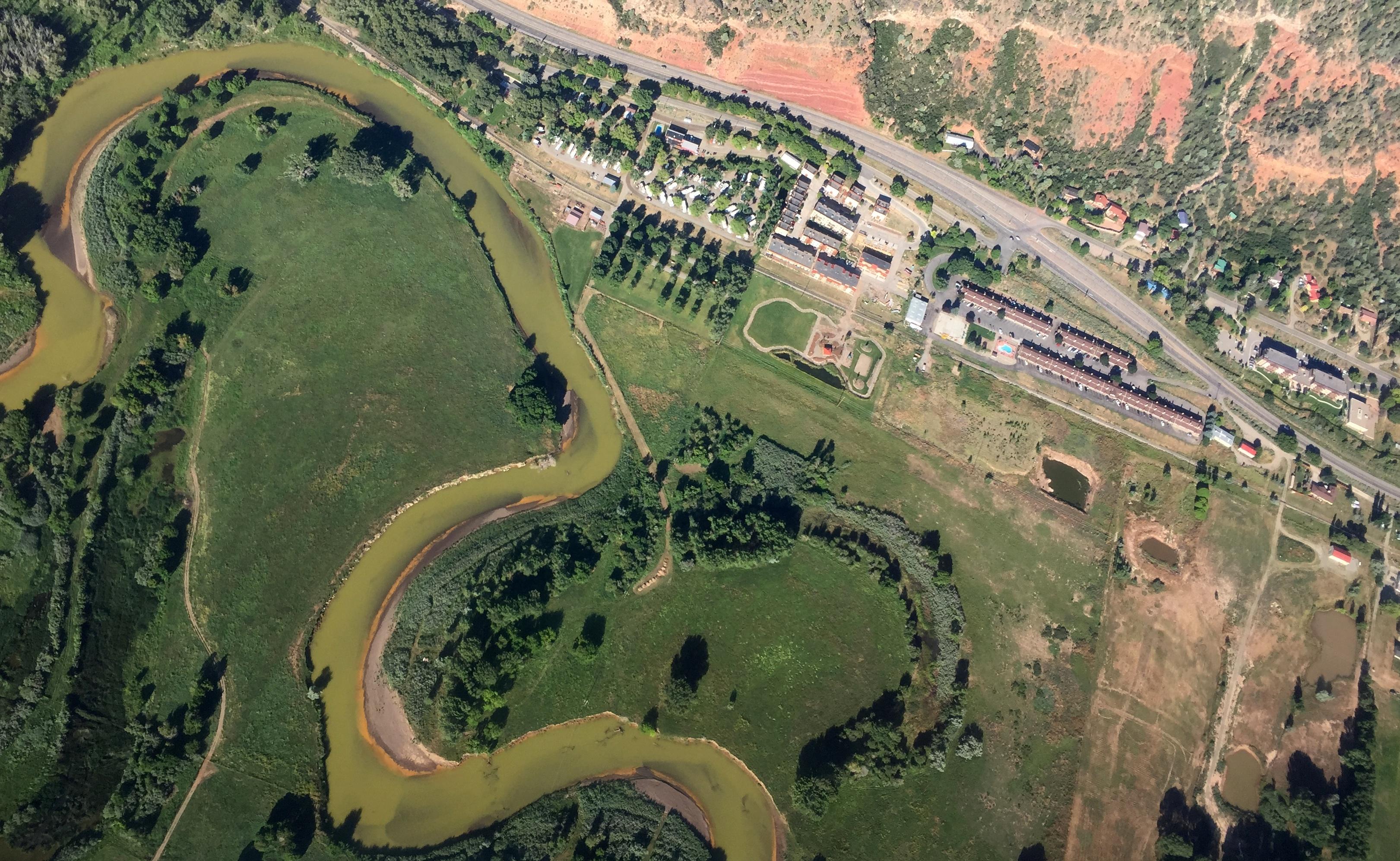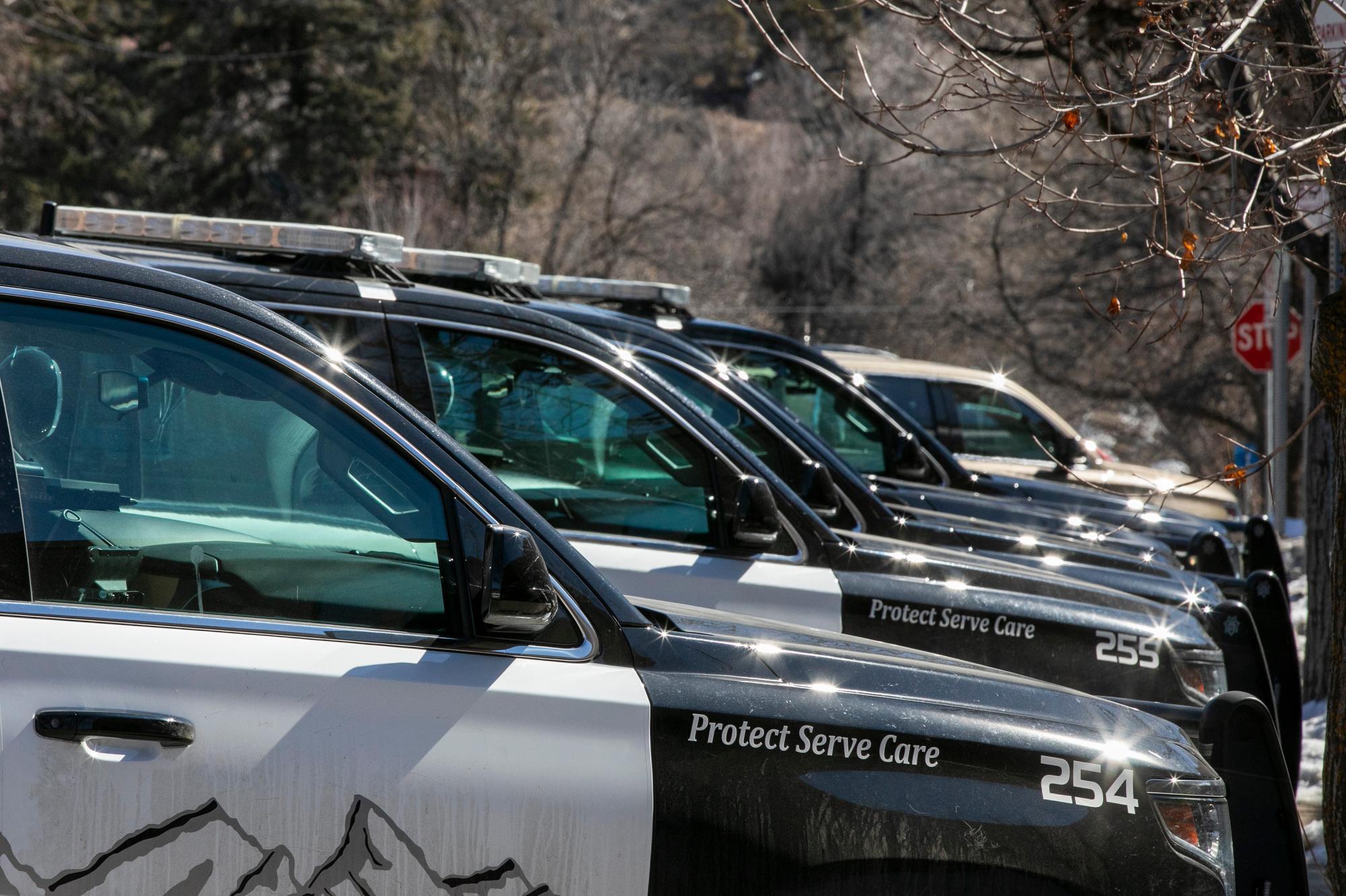
One local group in southwestern Colorado says the recent wastewater spill from the Gold King Mine into the Animas River might have been averted had the federal Environmental Protection Agency been more collaborative. For about two decades, members of the Animas River Stakeholders Group have worked to improve water quality in an area littered with defunct mines.
Members, including environmentalists, mining companies, land owners, and local government officials, say unlike past clean-up efforts, the EPA didn't consult the group on the recent clean-up at the Gold King Mine. They say their members have studied the mine for years and might have been able to prevent the breach if they had been consulted.
"Certainly we've been frustrated," said Peter Butler, co-coordinator of the Stakeholders Group and former chairman of the Colorado Water Control Commission. "We've actually had a little bit of frustration in the past couple of years that the EPA wasn't being quite as communicative as they had been in the past."
The stakeholders group has long wanted locals to have more of a voice in mine clean-up and some in the group have fought to avoid Superfund designations, which they believe lead to "lots of litigation, reduced property values, and distrust." Superfund is the name given to the EPA program established to address abandoned waste sites.
But others say a comprehensive federal Superfund clean-up years ago would have averted the spill that sent three million gallons of toxic waste into the Animas River. The EPA had pushed for a Superfund designation of the upper river basin, but entities like the Animas River Stakeholders Group opposed those efforts.
Butler says he's not at all convinced a Superfund designation would have changed the outcome. "It still would have been the EPA doing the work," he said. "They might have had different crews. It's really unknown whether that would have made a difference one way or another."
The EPA has taken responsibility for the release of the wastewater and water quality in the Animas has been improving since the spill.
CPR News' calls to the EPA for this story have not been returned.
Butler says he hopes some good comes out of the disaster: "I think a lot more attention is brought to these issues and I think that we'll end up with more resources...to take on some of these draining mine issues."








